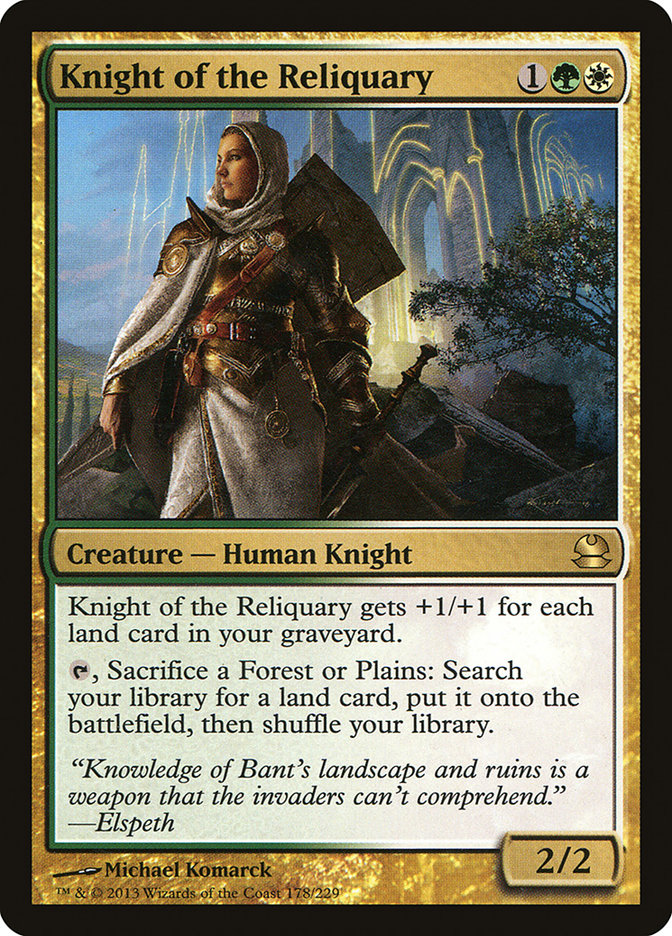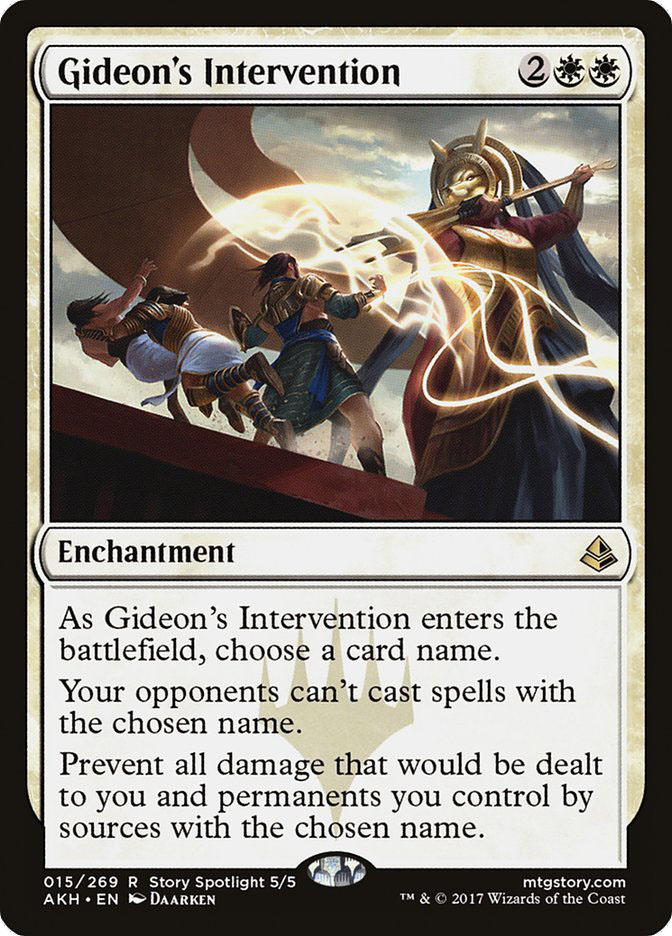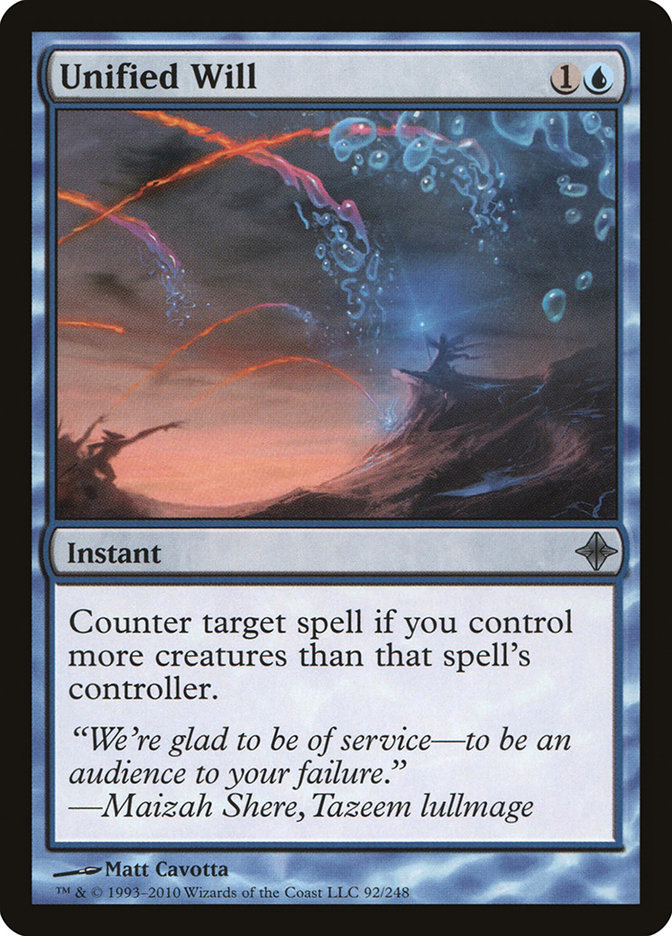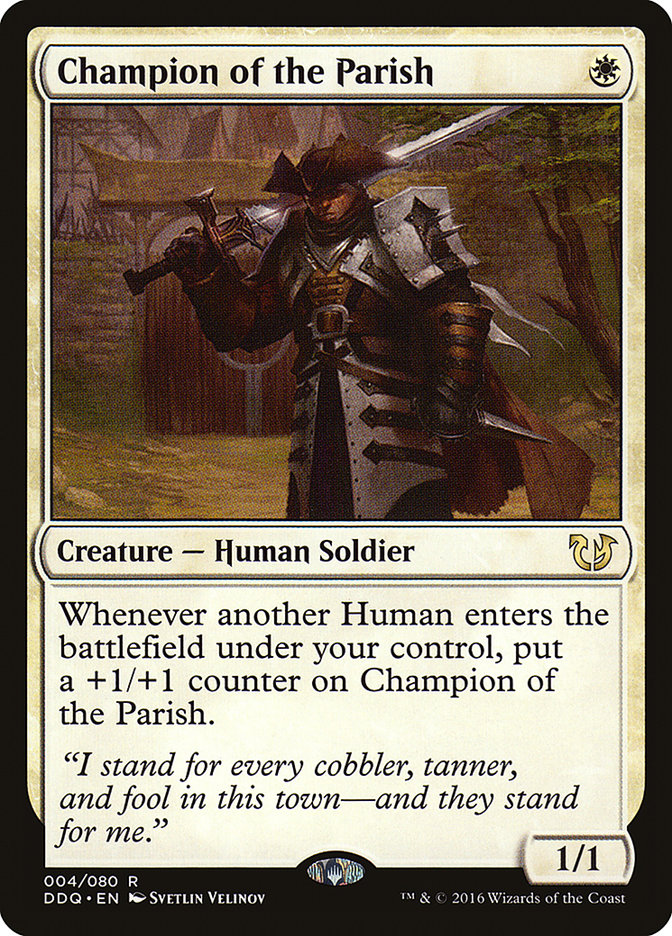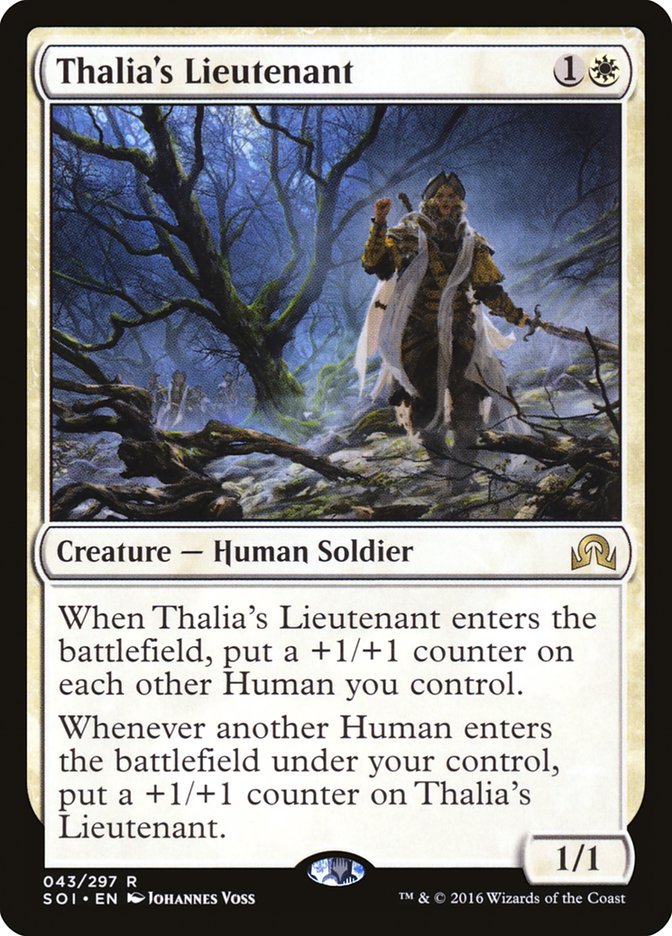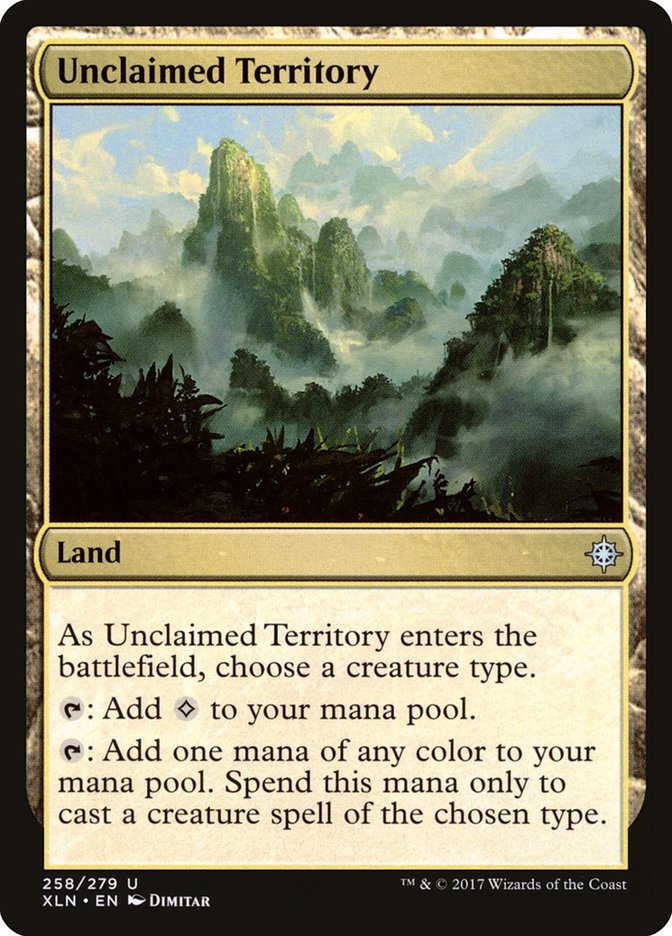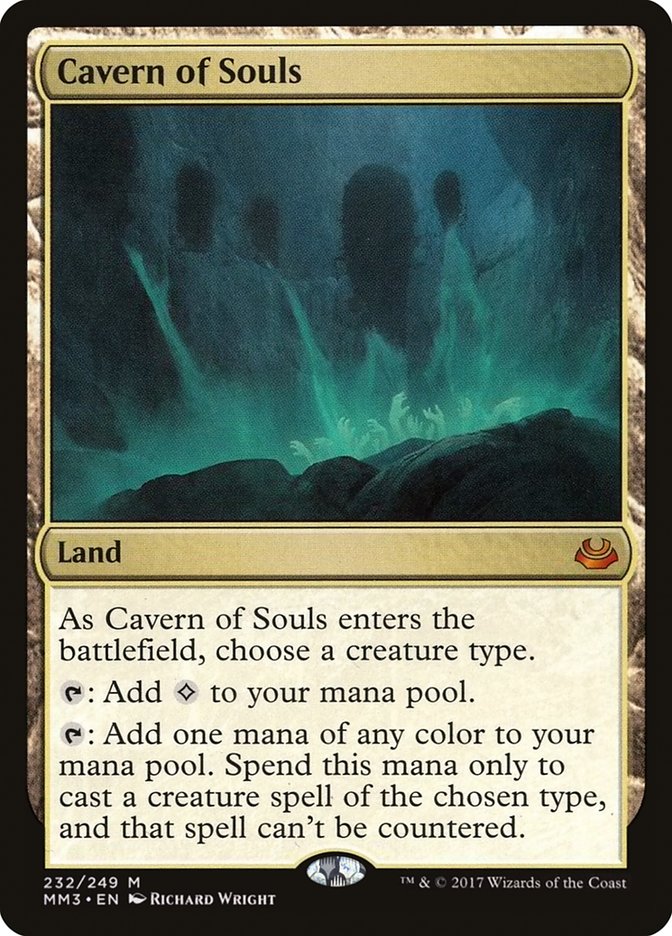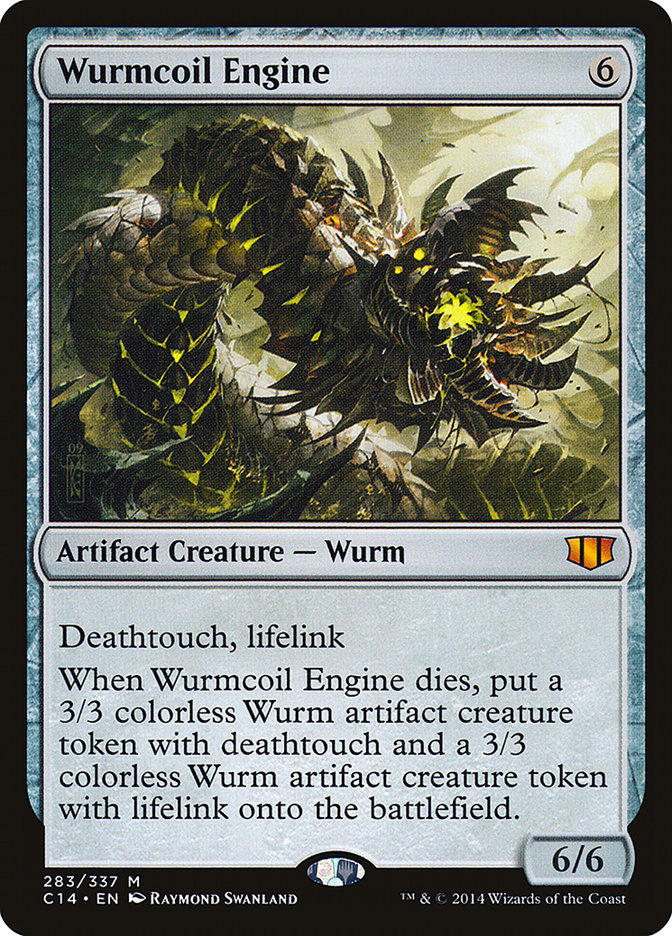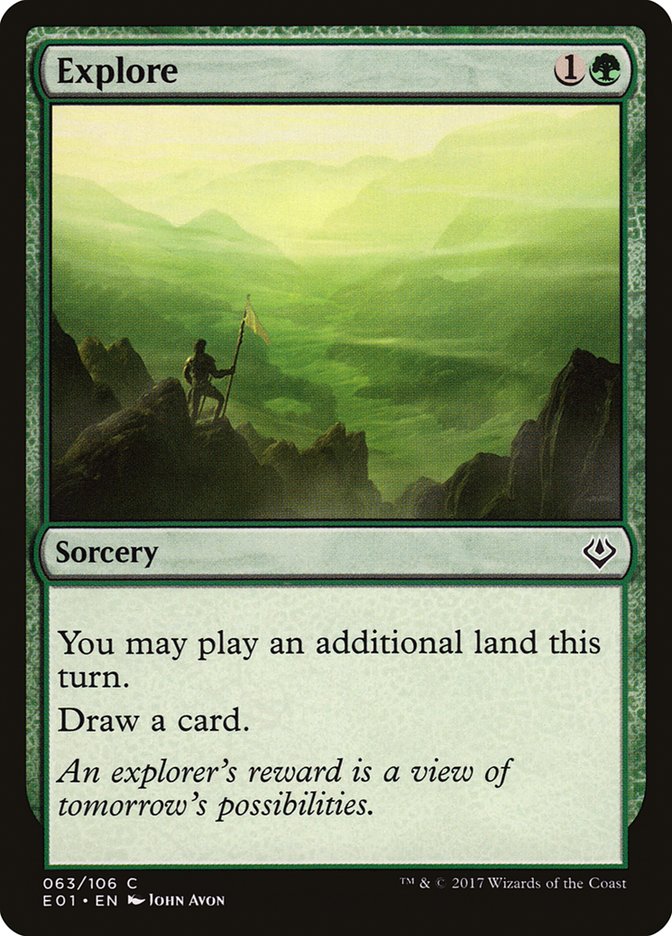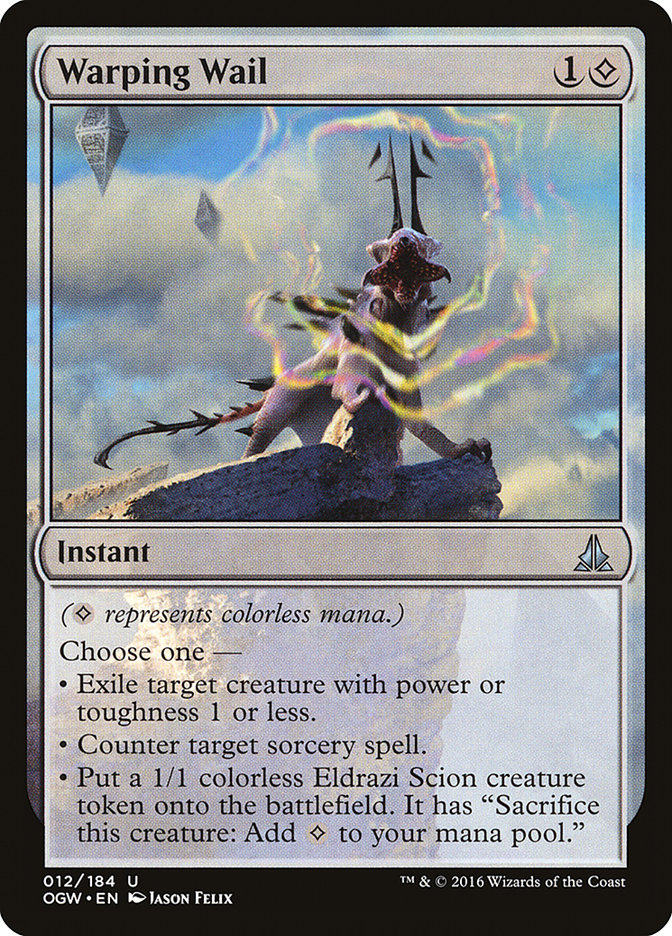
The SCG Tour is returning with back-to-back Modern Opens in Charlotte and Cincinnati the next couple of weekends, and we’re getting right back into the format for the first time since the release of Ixalan. The format hasn’t changed too much since we last visited it at #SCGKY, and there doesn’t seem to be any particular top deck at the moment that you can expect to face three-plus times during #SCGCHAR. Therefore, I want a powerful deck that has relatively good matchups across the entire field, because this is the probably the most unpredictable Modern Open in terms of expected opponents so far this year.
With that in mind, I’ve been playing a lot of different decks recently to try to decide what I’d like to pilot at #SCGCHAR, and I have six decks that I’m currently still deciding between, each with different strengths and weaknesses. These are the decks that I’m deciding between for #SCGCHAR this weekend and #SCGCIN next weekend, not what I necessarily think are the best decks in the format. Grixis Death’s Shadow, TitanShift, and U/R Gifts Storm are all very good choices to win either tournament, but they aren’t what I’m interested in playing. What I am interested in playing, however, are these decks:
Creatures (29)
- 1 Azusa, Lost but Seeking
- 4 Birds of Paradise
- 1 Eternal Witness
- 1 Aven Mindcensor
- 4 Noble Hierarch
- 4 Knight of the Reliquary
- 2 Scavenging Ooze
- 3 Voice of Resurgence
- 4 Courser of Kruphix
- 2 Tireless Tracker
- 3 Ramunap Excavator
Lands (23)
Spells (8)

Let’s start with the deck that I’ve played most frequently over the past handful of months, G/W Company. U/R Gifts Storm and TitanShift had a brief period of ruling the metagame not long ago, which caused me to adjust this deck into the G/W Evolution deck I played at #SCGKY, but I’m now fully back on the Collected Company bandwagon with this version. That deck was tuned to beat a specific few decks at the top of the metagame, but I’m not concerned with that for this month, instead wanting to be better-rounded against everything. Various midrange and control decks that are focused on card advantage are popping up everywhere these days, and G/W Company can out-grind each and every one of them.
At the heart of this deck are four copies each of Knight of the Reliquary and Courser of Kruphix. The reason why Lantern Control is a deck is because Lantern of Insight allows you to know what the top card of each player’s library is, a fact you are able to manipulate. Courser of Kruphix gives you knowledge of the top card of your library as well, and with the help of Knight of the Reliquary, Clue tokens from Tireless Tracker, and fetchlands, you are able to manipulate it as well in order to find what you need.
Overall I haven’t changed much about the deck since winning #SCGATL with it, mostly just a change in some of the numbers. The biggest addition though has been Gideon’s Intervention, which allows the deck to have a chance against one of the worst matchups, TitanShift, and I’ve been very happy with the card and its cross-applications against other problematic cards such as Primeval Titan, Ad Nauseam, and Conflagrate.
Favorable Matchups: Grixis Death’s Shadow, Burn, Abzan, Jund, Eldrazi and Taxes, Hexproof
Unfavorable Matchups: U/R Gifts Storm, TitanShift, U/W Control, Elves, Counters Company, Living End
When playing a deck that is as fair as G/W Company, you are going to have some polarizing matchups. G/W Company may very well be the slowest creature deck of the format, so any deck that can win quickly without relying on combat is going to be a tough matchup. The more your opponent relies on combat, however, the better off you are, as the deck plays defense very well.
Creatures (26)
- 4 Birds of Paradise
- 4 Noble Hierarch
- 4 Knight of the Reliquary
- 3 Scavenging Ooze
- 2 Courser of Kruphix
- 3 Tireless Tracker
- 4 Spell Queller
- 2 Selfless Spirit
Lands (16)
Spells (18)

While Bant Knightfall may look very similar to G/W Company, the games actually play out very differently. While G/W Company is looking to prolong the game as long as possible to grind out the victory, Bant Knightfall is looking to use Retreat to Coralhelm and Knight of the Reliquary as a two-card combo to end the game as early as Turn 3. This gives you a chance to race any deck in the format while still having some of the card advantage cards in order to go late, although overall it will struggle against the control decks of the format.
Besides Retreat to Coralhelm, the only other blue card in the maindeck is Spell Queller, and it’s good enough to play blue just for it. Many combo decks skimp on removal, especially Game 1, to make their deck as focused on executing their gameplan as possible. This makes a card like Spell Queller that can disrupt any opponent as well as deal damage turn after turn invaluable. Honestly, there’s a sizable chance I should be playing Spell Queller in G/W Company as well, but I’m stubborn and I like my two-color deck.
Playing blue also gives you access to one of the most underrated counterspells, Unified Will. Sure, you can’t play it against other decks with lots of creatures, but there are many decks in the format that don’t rely on having numbers down in the bottom right hand corner of the card. Modern is filled with counterspells that have conditional clauses, and for this deck, Unified Will almost doesn’t have a clause at all. Between it and Spell Queller, you have some real game against the “unfair” decks of the format.
Favorable Matchups: U/R Gifts Storm, TitanShift, Eldrazi Tron, Ad Nauseam
Unfavorable Matchups: Burn, U/W Control, Counters Company, Elves
Devoted Druid and Supreme Verdict are still problems for this deck, just like G/W Company, but then some of G/W Company’s worst matchups are Bant Knightfall’s best. It’s pretty hard for a deck like TitanShift to win this matchup, as they don’t have the tools to disrupt your combo in Game 1, and post-sideboard you have plenty of counterspells to go with the threat of comboing.
The cost of having good matchups against the combo decks of the format is that all of the midrange matchups are worse with this build than with G/W Company to varying degrees. You still have a combo that can win the game anytime you untap with a Knight of the Reliquary, so no matchup is truly awful, which is a nice thing to have going for you in a large tournament.
Creatures (31)
- 4 Noble Hierarch
- 4 Champion of the Parish
- 3 Avacyn's Pilgrim
- 1 Mayor of Avabruck
- 2 Xathrid Necromancer
- 4 Mantis Rider
- 4 Reflector Mage
- 4 Thalia's Lieutenant
- 2 Tireless Tracker
- 3 Glory-Bound Initiate
Lands (21)
Spells (8)

The last Collected Company deck that I’m considering (honestly) is Five-Color Humans, which plays out as basically a Zoo deck from the old school. You don’t have much disruption for your opponent, especially in the maindeck, and just try to outrace them.
This deck would not be possible without these two cards, as they are your most powerful by a long ways. Champion of the Parish is the format’s largest one-drop not named Death’s Shadow, but it requires you to play plenty of Humans after it. It can attack for five on Turn 2 if you follow it up by casting two Noble Hierarchs, and that line isn’t very uncommon. You may remember how strong Collected Company was when paired with Thalia’s Lieutenant and Reflector Mage in Standard, and it’s just as strong in Modern as well.
The reason why we get to be so greedy and play five colors is the introduction of Unclaimed Territory from Ixalan. We now have eight lands that can add mana of any color for our creatures, and realistically, if we draw one, then our mana should be fine.
I truly think Xathrid Necromancer is good enough to be the only black card in the maindeck, and it’s one that I don’t see many other Humans decks playing, but I wouldn’t register a Humans deck without it. Mantis Rider, on the other hand, has joined the party because of how good our manabase is. I always wanted to have Izzet Staticaster in my sideboard in Humans deck I’ve played in the past, and if I’m going through the trouble to have red and blue in my deck, then I might as well have Mantis Rider as well.
Favorable Matchups: Affinity, TitanShift, Eldrazi Tron
Unfavorable Matchups: U/R Gifts Storm, Counters Company, Lantern Control
Because this deck plays out as a Zoo deck with a consistently fast clock, the matchups are overall closer to 50-50 across the board when compared to the other Collected Company decks. You don’t have any very good or very bad matchups for the most part; you just hope you curve out well and that your opponents stumble.
Affinity and TitanShift have hard times beating you, as you’re a faster deck for the most part and have some good disruption spells in the sideboard for each matchup. U/R Gifts Storm and Counters Company, on the other hand, are generally faster than you and you don’t have as much disruption for them. For the most part though, you’re going to have a lot of close matches when you play Five-Color Humans, and you’ll trade the easy wins for the hopeless defeats. I played the deck on the VS. Series against Ross Merriam if you’d like to get a feel for the deck.
Creatures (18)
Planeswalkers (2)
Lands (24)
Spells (16)

If I’m not playing Collected Company during one of the upcoming SCG Tour stops, then I’ll most likely register the Urzatron lands. Eldrazi Tron was my deck of choice at the beginning of the year, and I think it’s about time for me to give it another spin. It has been the deck I’ve had the most success playing with in my short Magic career, but I put it down the last couple of months with the increase of Affinity and TitanShift in the metagame. That didn’t stop Dan Musser from having an incredible run with the deck, however, and this list that I’ve been playing recently has had some influence from him. There are a lot more top-end cards than what I played in the past, which means you’re more reliant on having all three Tron lands and need to mulligan slightly more aggressively.
I’ve been on the record before of not wanting expensive top-end cards, most notably Ulamog, the Ceaseless Hunger, in Eldrazi Tron because of how unreliable it is to cast them. I’ve been recently testing it out more on Magic Online, along with playing Wurmcoil Engine in the maindeck, to mixed results. It’s made some draws incredibly good when you get to play these spells in the mid-game, but overall I feel like this version of the deck has turned into a worse Green Tron deck. I think I need to go back to having access to Mind Stone and a lower curve, but I’m still testing this version right now.
Favorable Matchups: U/R Gifts Storm, Dredge, Abzan, Jeskai Control, U/W Control, Living End
Unfavorable Matchups: Affinity, TitanShift, Ad Nauseam, Elves, Grixis Death’s Shadow, G/x Tron
Eldrazi Tron can fight graveyards very well, maybe better than any other deck, and therefore the decks that rely on the graveyard are your best matchups. Unfortunately there isn’t nearly as much Dredge or Living End around these days as there was before, but you’ll still occasionally run into them. U/R Gifts Storm is a prominent deck that it an incredibly good matchup, as it’s very hard for them to acquire enough storm to Grapeshot you to death without the graveyard post-sideboard, which means their main plan is to make lots of Goblin tokens with Empty the Warrens. Ratchet Bomb and All Is Dust can clean those up, and if you are able to stick a Chalice of the Void for two, it’s also tough for them to win. Overall, if I play Eldrazi Tron the deck I’m most scared of right now is Affinity, which is a deck that’s hard to dodge throughout a long tournament.
Creatures (8)
Planeswalkers (5)
Lands (19)
Spells (28)

The other option with playing the Urza lands is to go much, much bigger. Mono-Green Tron goes over the top of all of the midrange and control decks in the current format, not looking to out-grind anyone but simply drop haymaker after haymaker. I’ve never been much of a fan of any of the splash colors for these Green Tron decks, as the lands you need to play in order to fit Fatal Push or Path to Exile in the deck aren’t appealing. The problem with playing fastlands is that you want to play the Urza lands first, so playing it on Turn 4 means it will enter the battlefield tapped. Both the shocklands and the painlands deal damage to you, which isn’t something I want with my Tron deck.
In the four slots that most people use for Fatal Push or Path to Exile in the maindeck, I have a mix of Explore and Warping Wail, which I’ve been satisfied with. Explore doesn’t help out your best hands too much, but it does help out your worst hands. If you find yourself in a spot where you won’t have access to Tron and need to play five lands to crack Oblivion Stone, Explore helps speed those games up a turn. Warping Wail can also help speed up those games while providing a tiny bit of defense against Baral, Chief of Compliance; Steel Overseer; and Devoted Druid.
As you may have noticed, I’ve gone very big with the deck, focusing on attacking the opponent’s manabase with an extra copy each of World Breaker and Ulamog, the Ceaseless Hunger. Ulamog especially is a card that I always want access to the first copy of when playing this deck, which is why I’ve bumped up the count to three. The decks that Ugin, the Spirit Dragon are best against, creature decks that go wide, generally have a fast combo kill or are vulnerable to Ulamog anyway. I still have the second Ugin in the sideboard, but I’ve been very happy with three Ulamogs.
Favorable Matchups: Eldrazi Tron, Jeskai Control, U/W Control, Abzan, Lantern Control, Jund
Unfavorable Matchups: U/R Gifts Storm, Counters Company, Elves, Burn
This is a pretty easy one. The slower decks will wilt to the power of the top-end of Mono-Green Tron, while the fast combo decks will be able to run it over. This deck has the most polarizing matchups of any of the decks I’m considering, and many results are placed in the hand of the random pairings.
Most people think the TitanShift matchup is very bad for Mono-Green Tron, but with the addition of more land destruction in the maindeck as well as Thought-Knot Seer in the sideboard, I’ve been quite satisfied with that matchup. There are certainly many more good matchups in the format right now than bad matchups with Mono-Green Tron; the problem is trying to dodge enough of the bad ones to make Top 8 when playing it.
Creatures (16)
- 4 Dark Confidant
- 4 Tarmogoyf
- 3 Scavenging Ooze
- 1 Courser of Kruphix
- 1 Kalitas, Traitor of Ghet
- 3 Tireless Tracker
Planeswalkers (5)
Lands (24)
Spells (15)

Finally, we have the last deck that’s on my radar for the next couple of weekends, and it doesn’t have Collected Company or Urza lands in it. I prefer B/G Midrange to either Abzan or Jund for a few reasons. The manabase is less painful, you also get to play Tectonic Edge to help disrupt other decks, and you have more card advantage to win the late-game than either of the other two decks. The biggest weakness to playing only two colors is that your sideboard is not as good, but it’s a tradeoff I’d be willing to make.
The goal of this deck is to trade off resources early and often and use these two creatures to pull far ahead. Dark Confidant has been a pillar of Modern for years, but Tireless Tracker is only starting to get the due it deserves. I can’t imagine playing a green midrange deck without Tireless Tracker, as it’s the best thing to be doing in midrange and control matchups.
Favorable Matchups: Affinity, Jund, Hexproof, Counters Company, Eldrazi and Taxes
Unfavorable Matchups: Eldrazi Tron, TitanShift, G/X Tron
The smaller creature decks would be the best matchup for B/G Midrange, but this is still the kind of deck than can both beat and lose to anything. Similar to Five-Color Humans, you’re going to have plenty of close matchups across the board. Big mana decks will be the hardest decks to fight in general, as their cards are much more powerful than your efficient low cost spells, but if things line up, you can win.
So these are the six decks that I’ve been testing out. Six decks is obviously too many for a tournament, and I’ll have to narrow this down by #SCGCHAR this weekend, and then see if I want to switch it up for #SCGCIN.
“If you have two quarterbacks, then you have none” is an old football saying that also applies to deck choices in Magic tournaments. Basically, if you’re torn between playing two decks before an event, then you won’t be able to pilot either one well enough. I’m going to winnow this list very soon and pick the deck I’m going to focus on, but for now, these are the decks I’ve been testing for the upcoming Modern Opens on the SCG Tour.


